Even if just one facet of your HVAC unit is operating off-kilter, it can cause many other issues within the system. One of these facets could be that your fan speed runs too high a setting. So what can you do about this issue? We've done the research to give you a solution.
To decrease the fan speed on your HVAC system, follow these steps:
- Turn off the power to your work area.
- Use your unit's instruction manual to locate the blower motor, pulley, and set screw.
- Loosen the set screw, turn the pulley counterclockwise, and tighten the set screw.
Now you know how to decrease the fan speed on your HVAC unit, but you may have other questions or need more detailed instructions. Keep reading to learn more.
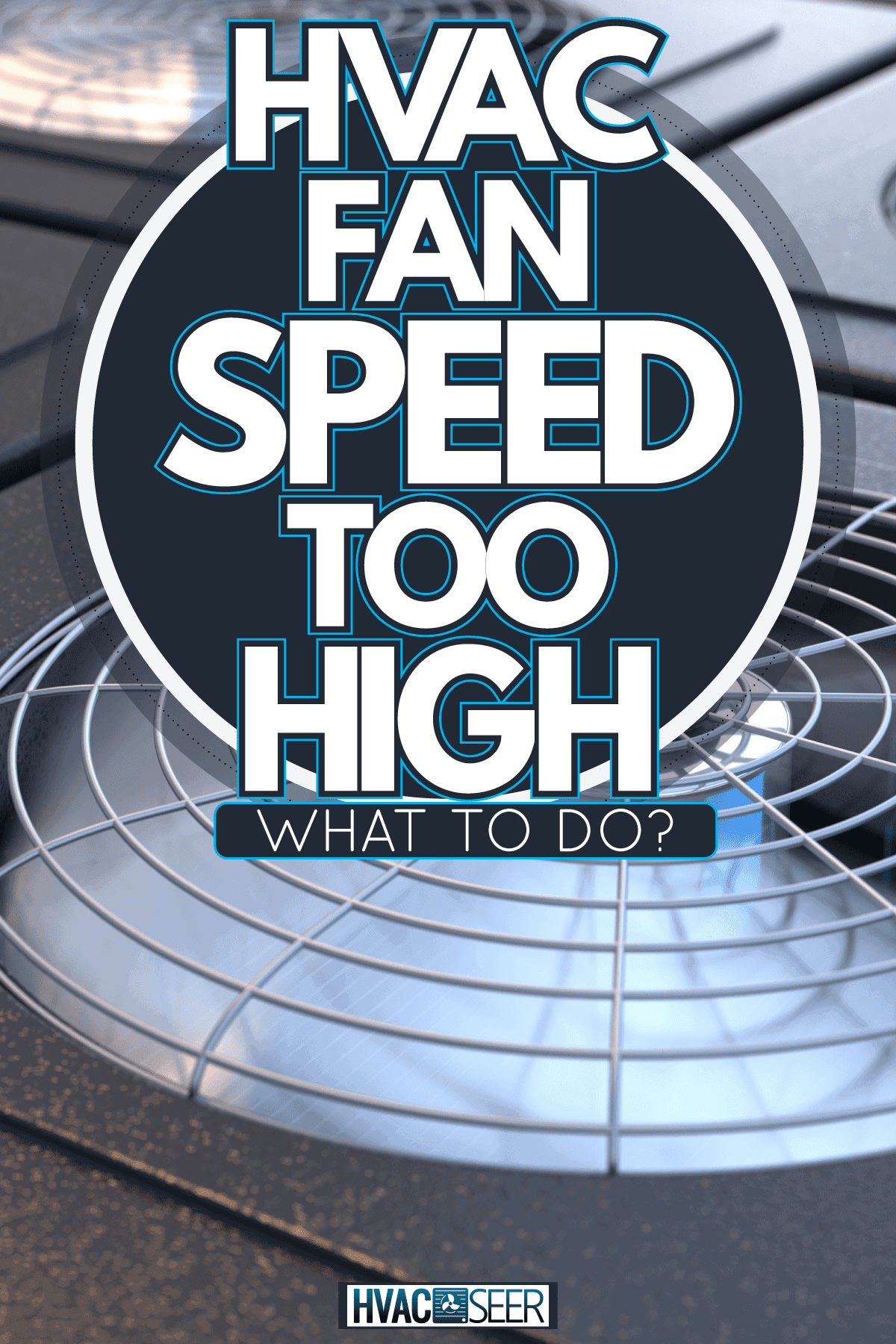
How To Decrease The Fan Speed
Decreasing the fan speed of your HVAC blower motor is a relatively easy task, as long as you have proper instructions and resources.
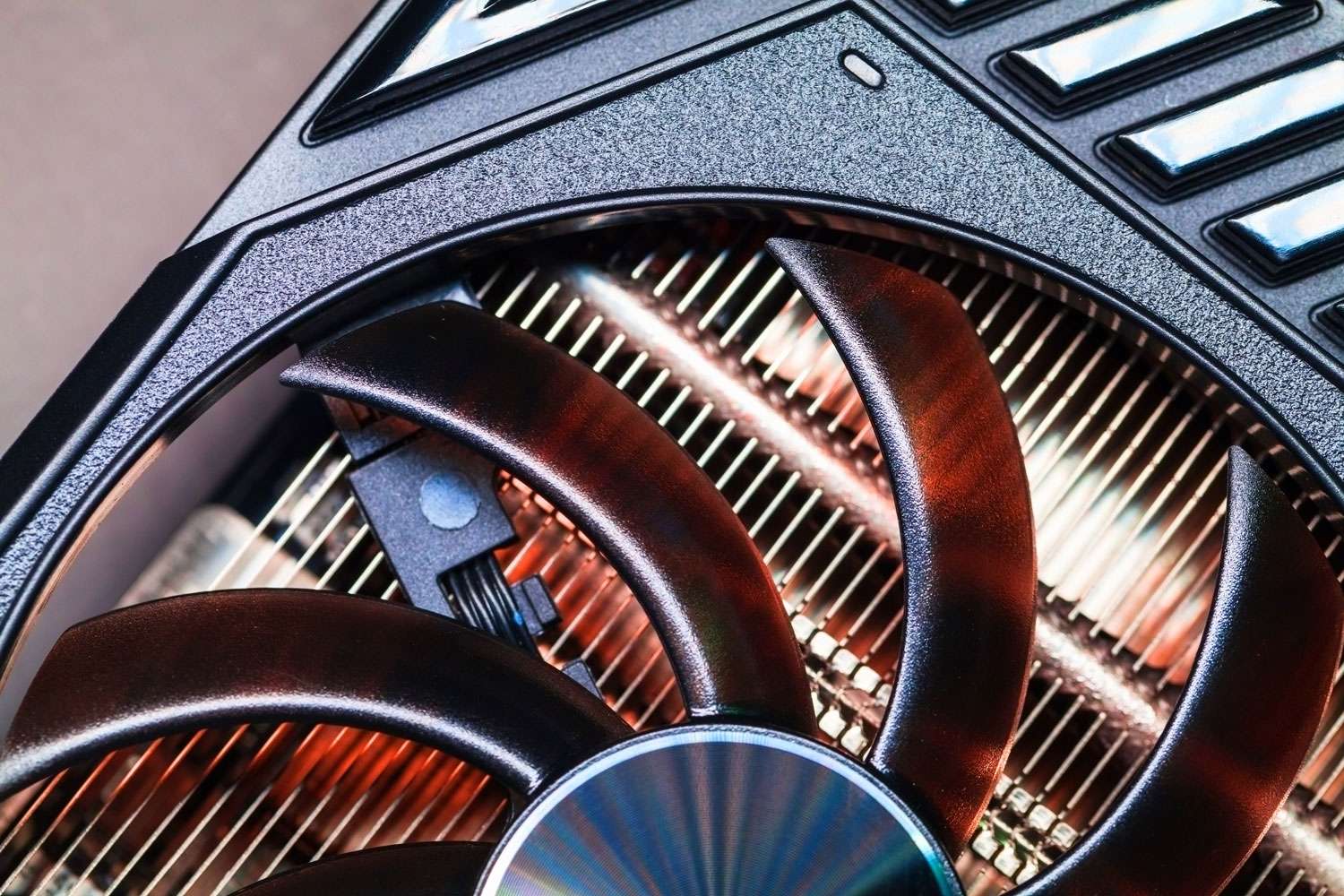
Keep in mind that the blower motor, which controls the fan speed of your HVAC system, is typically located within the furnace. Though this is true, its power is shared between the furnace and the air conditioner.
So, the blower motor will affect the efficiency of both units and your HVAC system as a whole.
Take a look at this furnace blower motor on Amazon.
Here, we will elaborate on the previously given instructions so you feel more confident as you undergo this task.
Turn Off Power
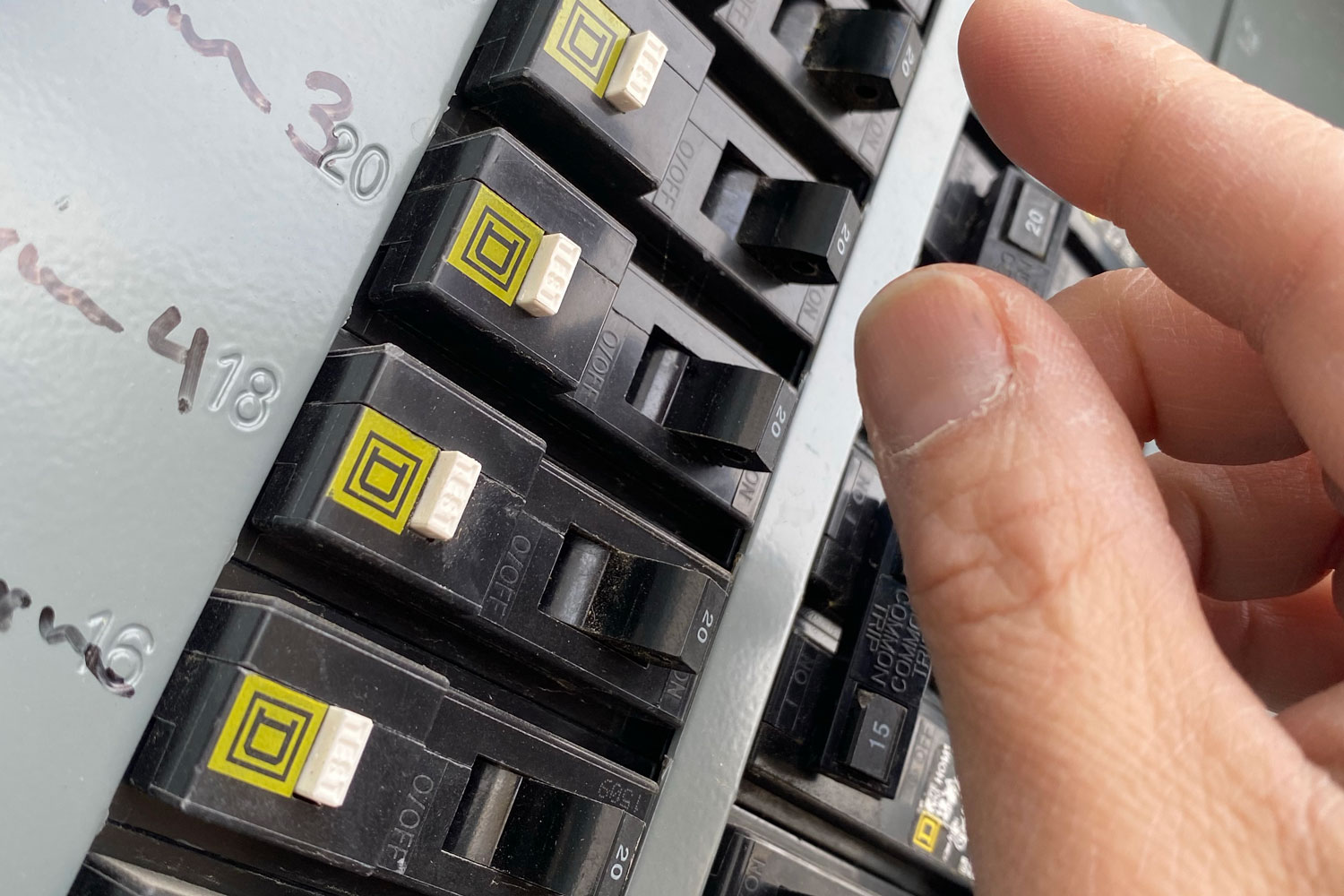
When working with any electrical appliance or unit, it's important to put safety first. In this case, that means turning off the power supply to the area where the HVAC unit you will be working with is located.
You can do this by flipping the breaker that controls the electricity supply to the area. You can check that this has been done correctly by ensuring that your HVAC unit does not cycle on when the thermostat is adjusted, and you can try plugging an appliance into a nearby outlet and seeing that it doesn't turn on either.
Take a look at these breaker box labels on Amazon.
Now that you're sure you have a safe work area, we can begin to look into the unit itself and identify the parts you will be adjusting.
Locate The Parts
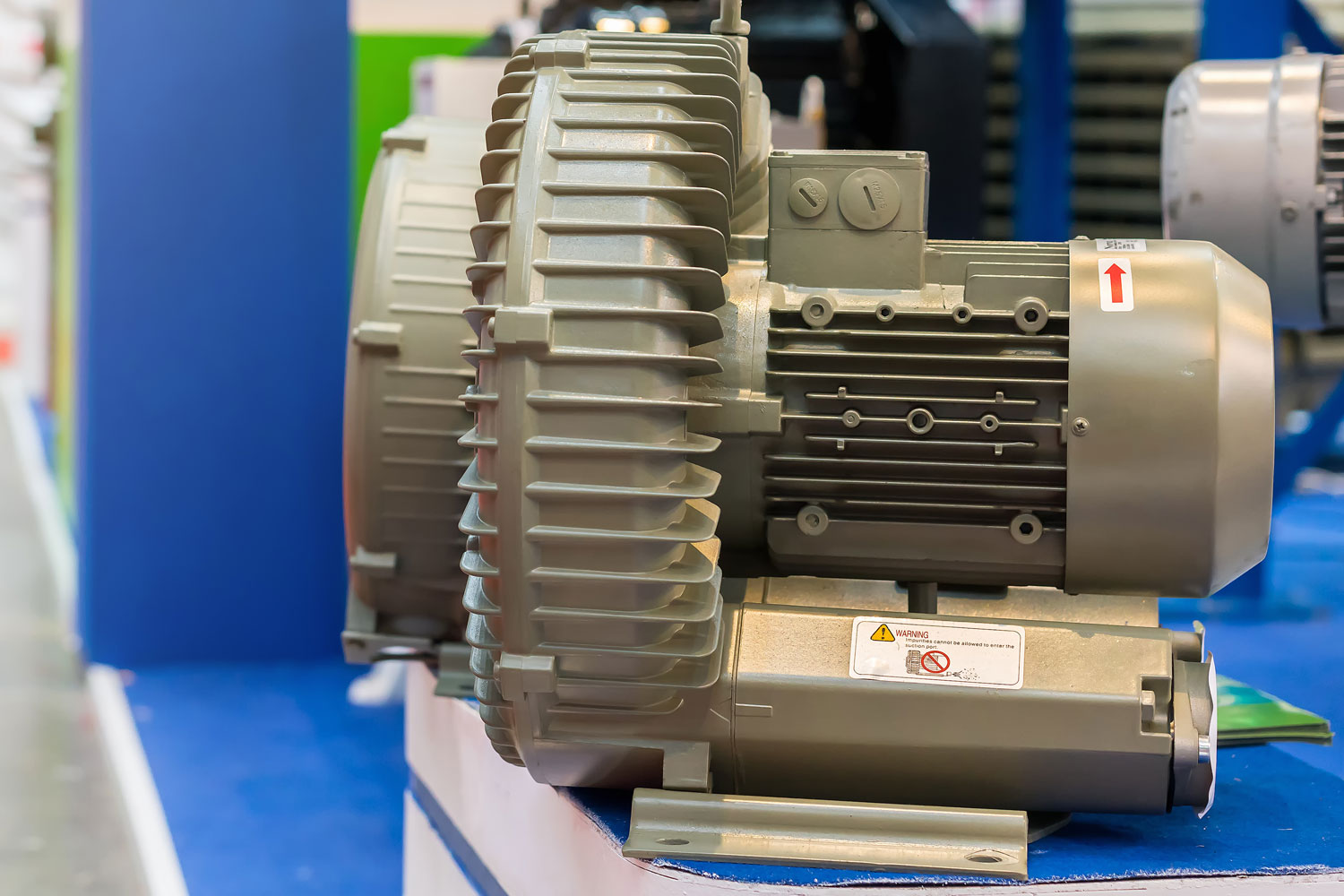
As previously indicated, blower motors will be found in the furnace unit. To find the blower motor itself, you need to remove the main service panel. Here, you will find the blower, and inside the blower will be the motor.
Each blower motor will have a slightly different design, so it's best to refer to the manual of your specific furnace, or if you have replaced the blower motor, you should take a look at the motor's manual.
Here, you can find diagrams and an explanation of where each of the parts is located.
You need to locate the pulley and the set screw. Once you have done this, you're ready to move on and adjust these parts for a lower fan speed.
Do The Work
Now for the easy part. After you have ensured a safe workspace and located the parts you will be working with; you need to loosen the setscrew. This should be done only slightly.
If loosened too much, this will cause other facets of the blower motor to become unstable and cause it to be more challenging to adjust the pulley.
Then, turn the pulley counterclockwise. This should only be turned once to twice. This will ensure that the fan speed is not decreased too much. After you've done this, tighten the set screw.
Close the blower and replace the main service panel. Make sure everything is tightened and ready to cycle on. Finally, you will have finished your project and will enjoy a lower fan speed in your HVAC system.
Should You Decrease HVAC Fan Speed?
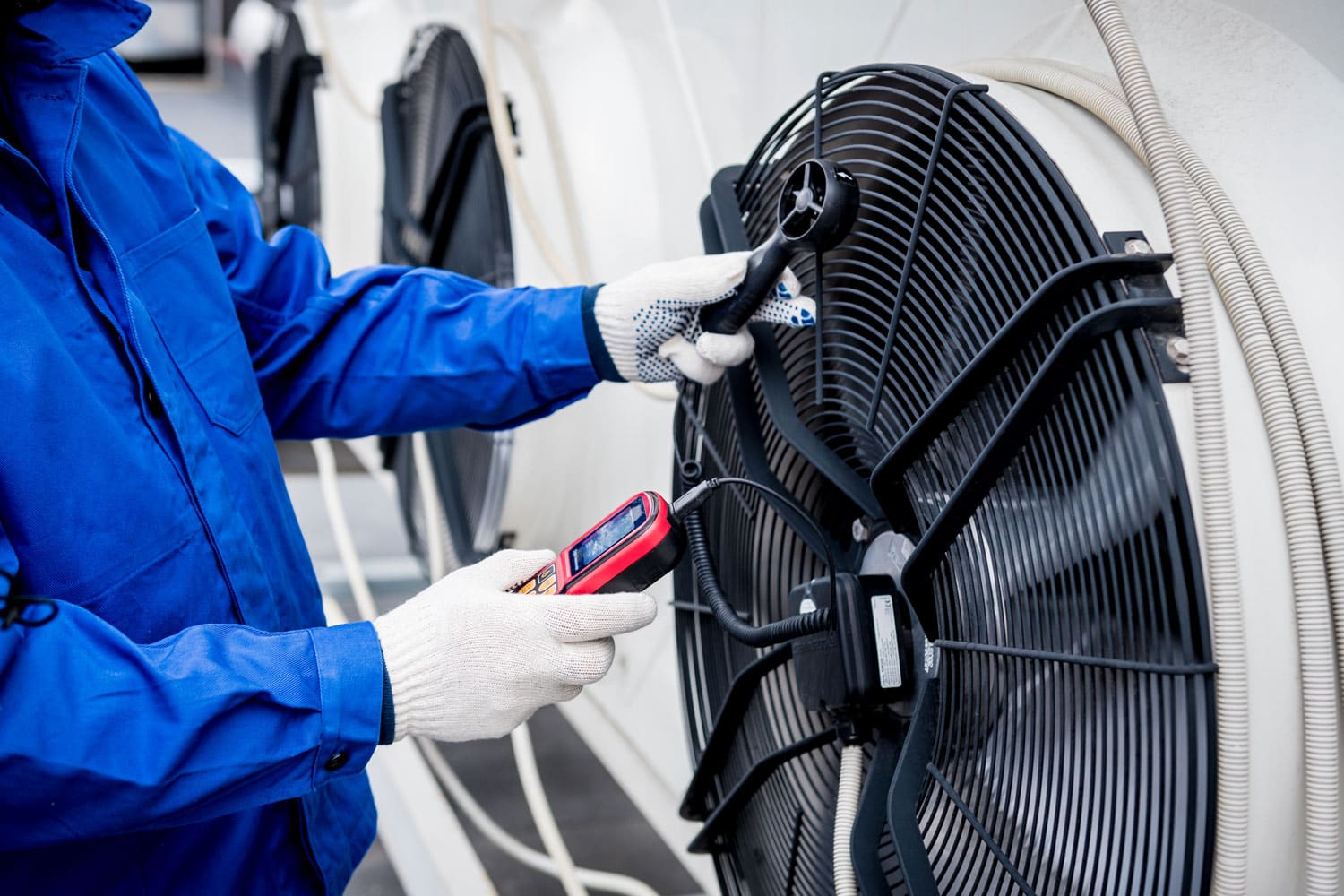
There are a few common reasons you may want to decrease the fan speed within your heating and cooling system. Some may seem like just common annoyances, but others are more serious and threaten to compromise your HVAC units' efficiency and longevity. We'll detail the most common here.
To Reduce Noise
It frequently happens that homeowners desire to decrease the fan speed in their HVAC system because of excessive noise. This may seem redundant, but it can become frustrating if this noise is cutting in on the daily conversation, disrupting sleep, or preventing you from watching your favorite television show in peace.
An HVAC system that is pushing air very quickly will also be very loud, and lowering the fan speed can be incredibly helpful.
To Reduce Warm Or Cool Air Flow
An efficient furnace or air conditioner is meant to work for your comfort.
The problem with the HVAC fan speed being too high is that it will push hot and cool air into the room too quickly for the thermostat to recognize the change in temperature and signal the system to cycle off.
Check out this smart thermostat on Amazon.
This means that homeowners in this situation will be noticing that their homes are becoming excessively hot in the winter or frigid in the summer.
If your HVAC system is not keeping you and your family comfortable because the fan speed is too high, this is an understandable reason to decrease the fan speed.
To Prevent Wear
Fan speed that is too high can also cause increased wear to your units and the blower motor itself. The blower motor running too high will cause it to overheat repeatedly, which incidentally overheats other systems within the furnace.
The blower motor running too high will cause the system not to signal the defrost setting. This could cause issues with condensation within the system.
If you suspect that your fan speed is too high, or if you notice excessive noise and find that the temperature in your house does not match your thermostat setting, you should consider lowering the speed to prevent wear and increase the system's longevity.
Can I Increase The Speed Of My Fan?
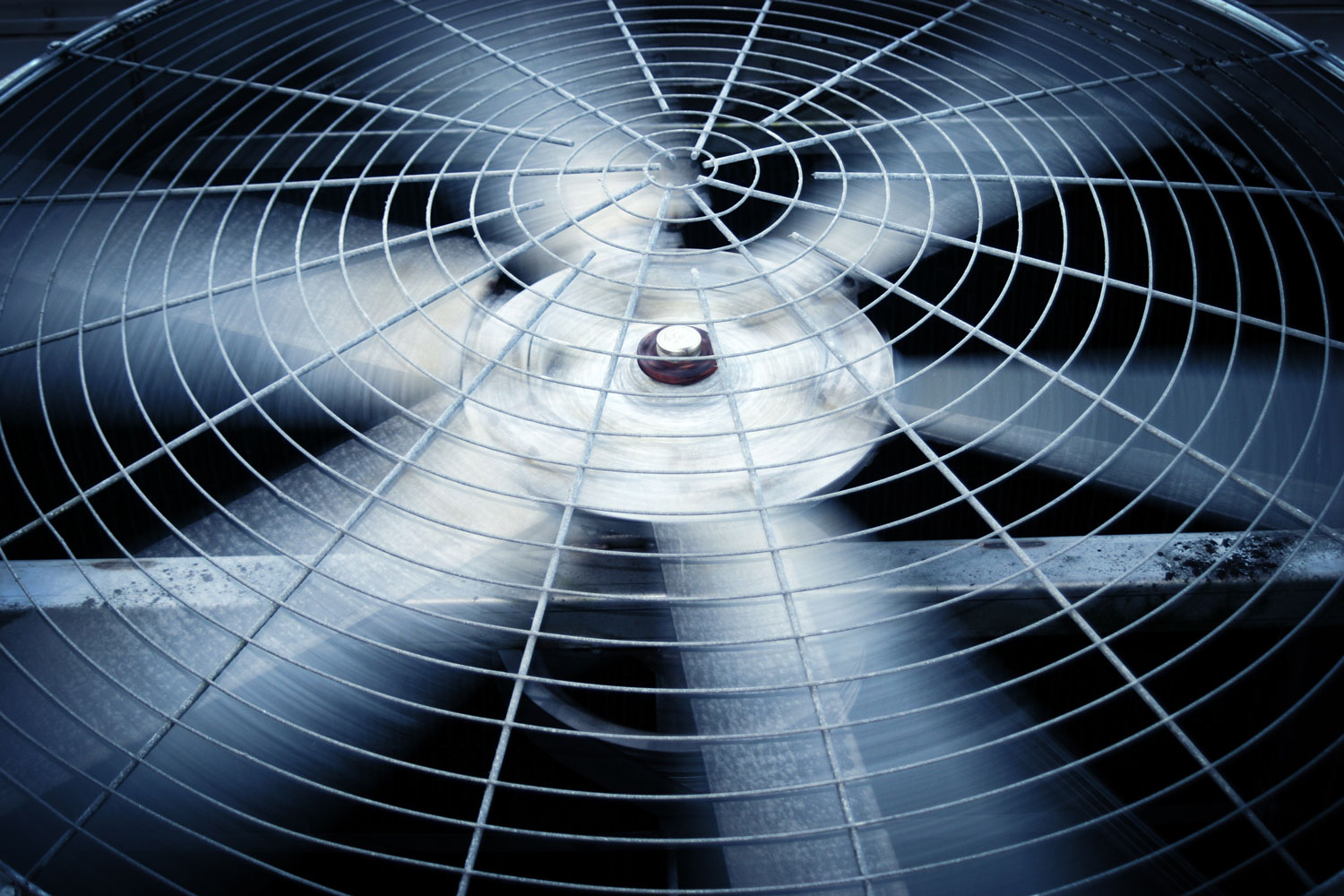
Yes! You can increase the speed of your HVAC fan just as you can decrease it. It simply requires a reversal of your adjustments. We'll give you more instructions and explain why this may need to be done here.
How To Increase The Speed
You can increase the fan's speed by following all of the previously laid out instructions for decreasing the speed, except for one amendment.
Remember always to cut off power to the work area and ensure that electricity is not delivered. After this, locate the blower motor, pulley, and set screw using the furnace and possibly blower motor, manual(s).
Then, you will loosen the setscrew only slightly. Instead of turning the pulley counterclockwise as you would have done to decrease the speed, you will turn it clockwise. Again, only turn it once to twice.
Should You Increase The Speed Of Your Fan?
There is one great and common reason to increase the speed of your HVAC fan: to increase efficiency and make your home reach optimal temperature faster.
Perhaps you notice that the air blowing from the ventilation system seems not to be forced, and maybe you see that it takes quite a long time for your home to raise even one to two degrees. If this is so, it may be that your blower motor is set at a too low speed, and it could be beneficial to raise it.
However, keep in mind that raising the blower motor speed could mean a hike in energy consumption. Slowly increasing the speed over time is recommended until you find a speed that works to make your home comfortable and won't cause energy waste.
In Closing
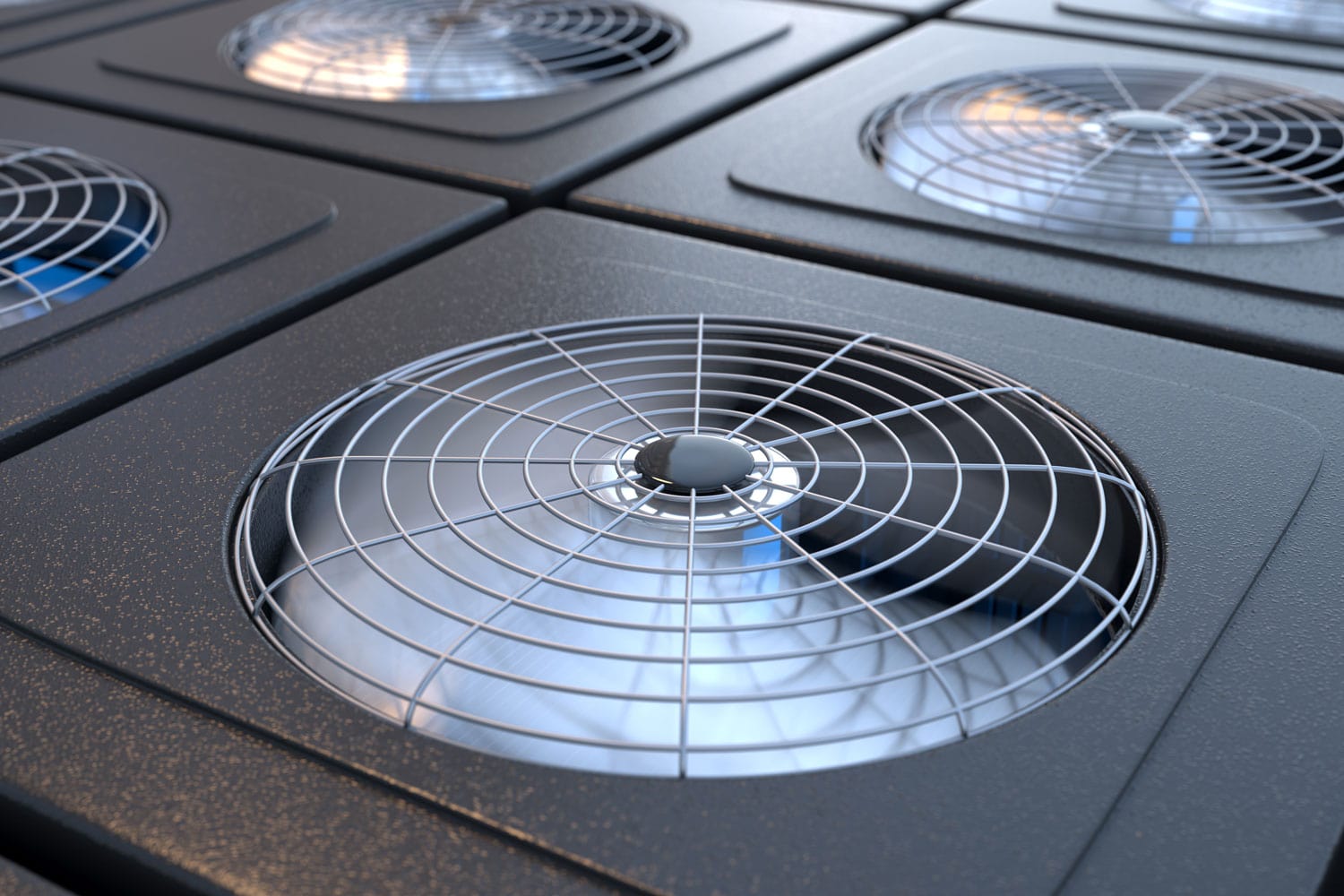
When the HVAC fan speed seems too high, it's recommended to decrease the blower motor speed. This can be done by turning off the electricity to the workspace, locating the necessary parts, loosening the set screw, and turning the pulley counterclockwise.
We also discussed possible reasons for decreasing the speed and how it could be helpful to your HVAC system. We hope this information has been beneficial to you in your endeavor.
Want to learn more about HVAC blower motors? Visit these related posts:



